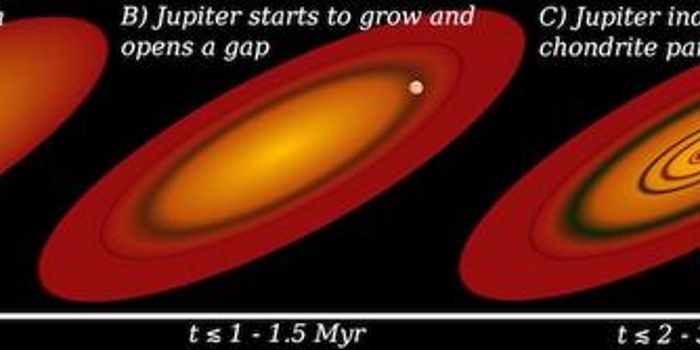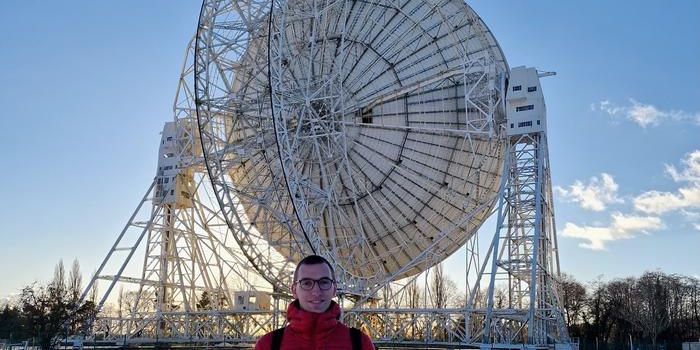Ion Drive Propulsion, Initially Designed for Space, Proves Viable for Aircraft
If you’re familiar with advancements in spacecraft engine development, then you’ve undoubtedly heard of something known as the ion drive engine.
In essence, the ion drive engine is a solid-state propulsion system that utilizes magnetic fields to accelerate ions to high speeds to generate thrust. This propulsion method isn’t robust, but it’s tremendously power-efficient and incremental, enabling conceived momentum to build up exponentially over time.
Ion drive propulsion technology was once thought to be a space-only endeavor, but researchers from the Massachusetts Institute of Technology (MIT) have allegedly demonstrated its potential for powering future aircraft. Their findings have been published in the journal Nature.
Image Credit: MIT/Nature/YouTube
Citing the paper, the MIT researchers appear to have built their very own scale model of an airplane powered by ion drive propulsion. With a wingspan of just 5 meters and an approximate weight of only five pounds, the plane’s size is nothing to write home about; but after being launched from a slingshot mechanism, the built-in ion drive propulsion sustained a flight for 60 meters – the entire length of the indoor testing facility used in the experiments.
"This is the first-ever sustained flight of a plane with no moving parts in the propulsion system," explained Steven Barrett, a co-author of the paper. "This has potentially opened new and unexplored possibilities for aircraft which are quieter, mechanically simpler, and do not emit combustion emissions."
Related: NASA makes progress on its low-boom X-Plane design
All modern aircraft utilize some combination of moving parts or combustion in their engines, whether it’s an internal combustion engine with a propeller or a jet engine that compresses incoming air. If ion drive propulsion could be adequately optimized for aircraft, then it could change the industry forever.
Since ion drive propulsion utilizes a solid-state design, there aren’t any moving parts that can fail because of normal operation. Furthermore, its near-silent operation means that ion drive-powered aircraft could operate much more quietly, preventing disturbances for the public below. But perhaps the most important of all these points is that ion drive propulsion doesn’t involve combustion, making it more environmentally-friendly than modern aircraft engines.
"This made me think, in the long-term future, planes shouldn't have propellers and turbines," Barrett added. "They should be more like the shuttles in 'Star Trek,' that have just a blue glow and silently glide."
Related: Check out DARPA's latest vertical takeoff and landing plane concept
As it would seem from the results, ion drive technology might have some uses outside of traditional spacecraft implementations. Although it’s very much an emerging technology, it’s entirely possible that it could soon be used to power airplanes or drones in the future.
It should be interesting to see how this research evolves.
Source: MIT via Tech Xplore, Nature









